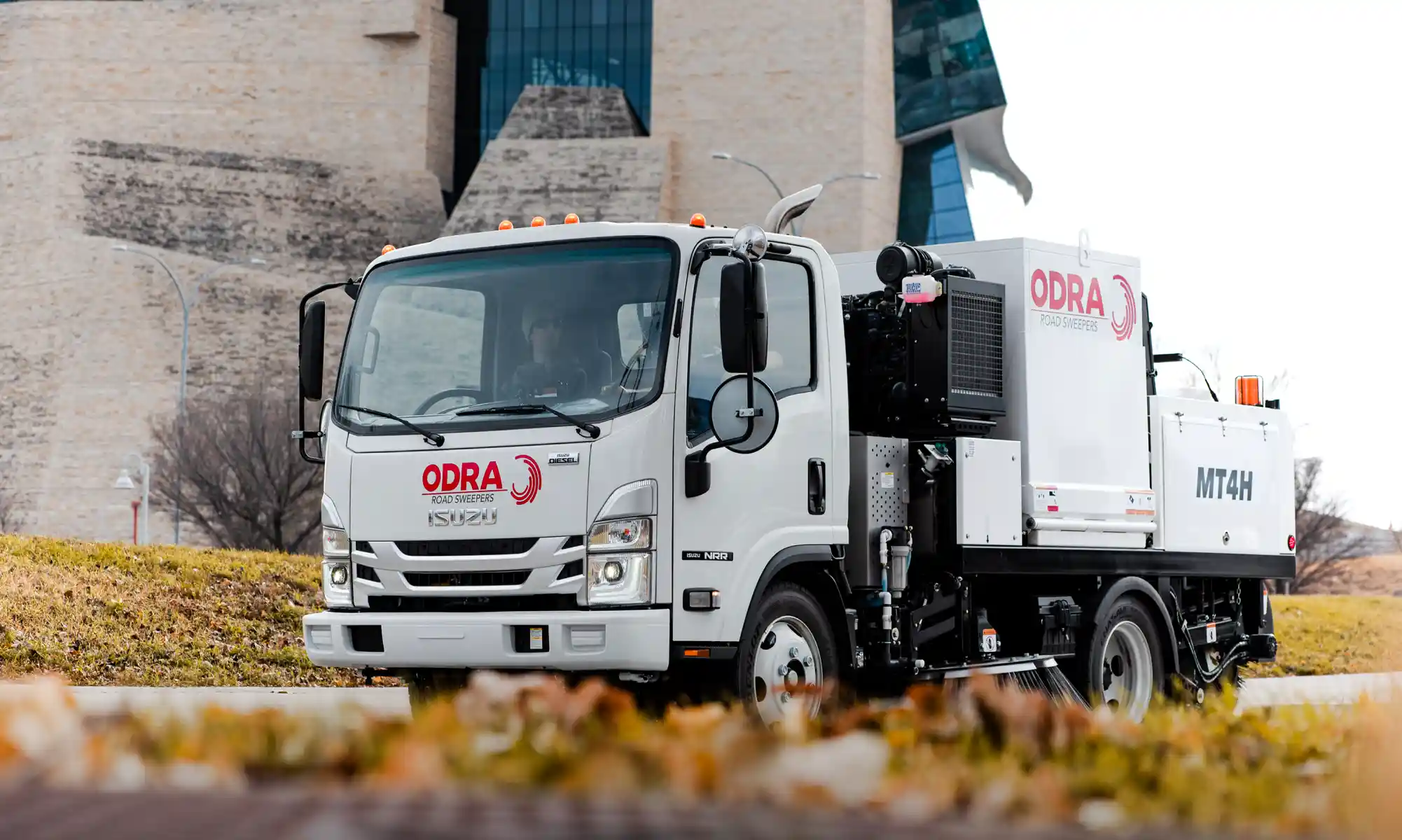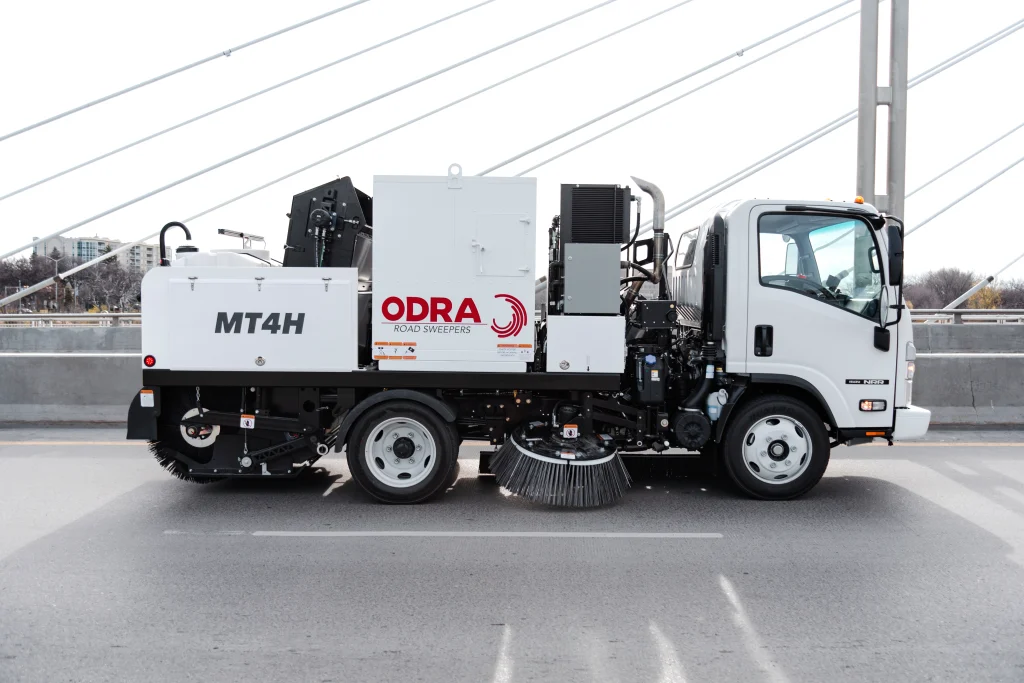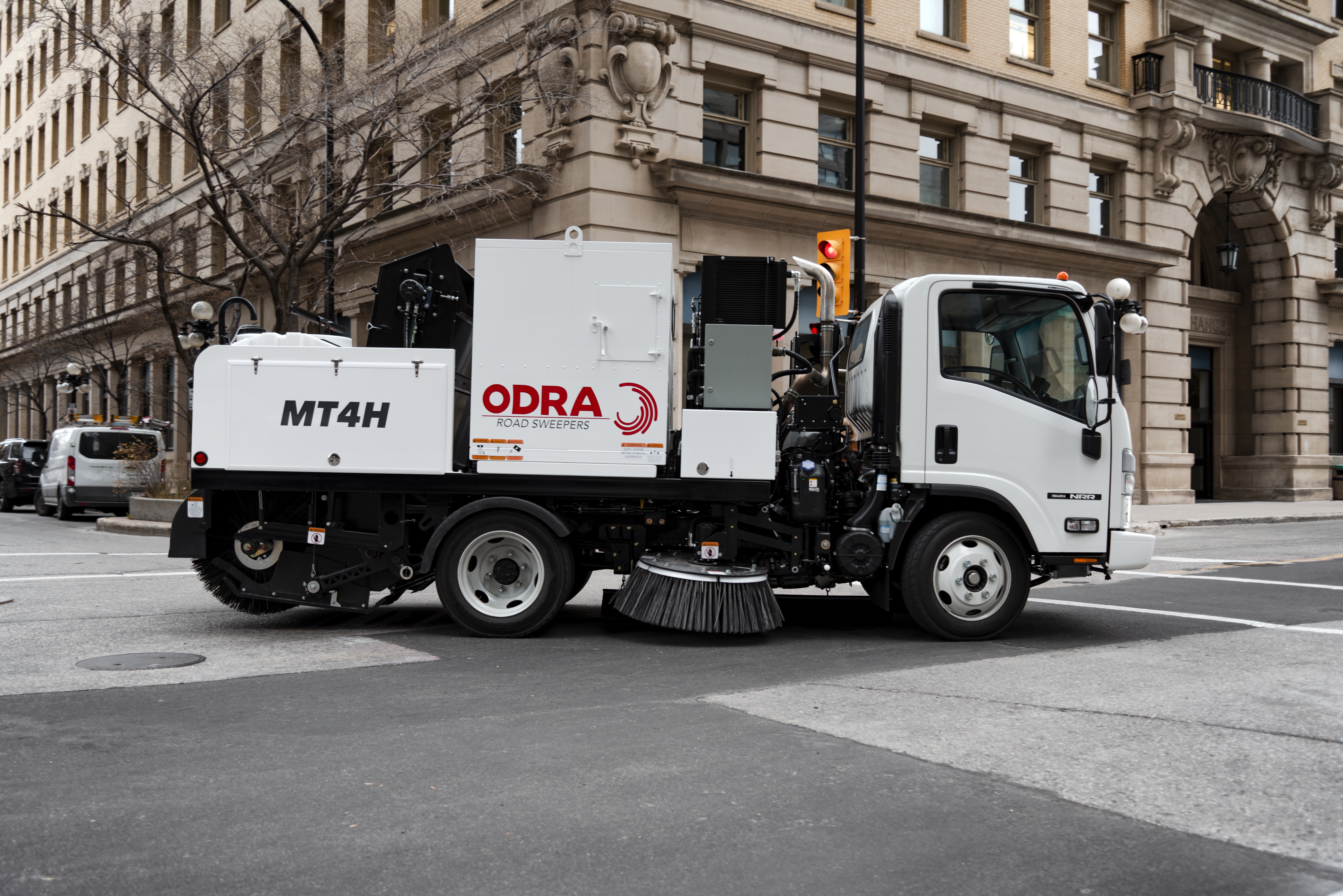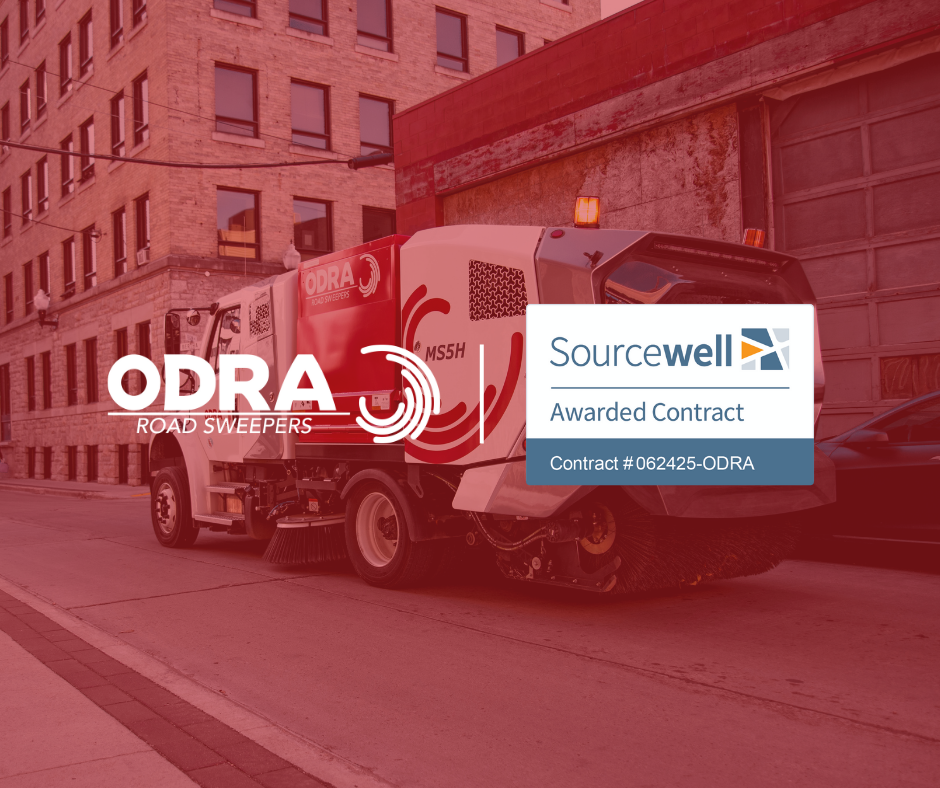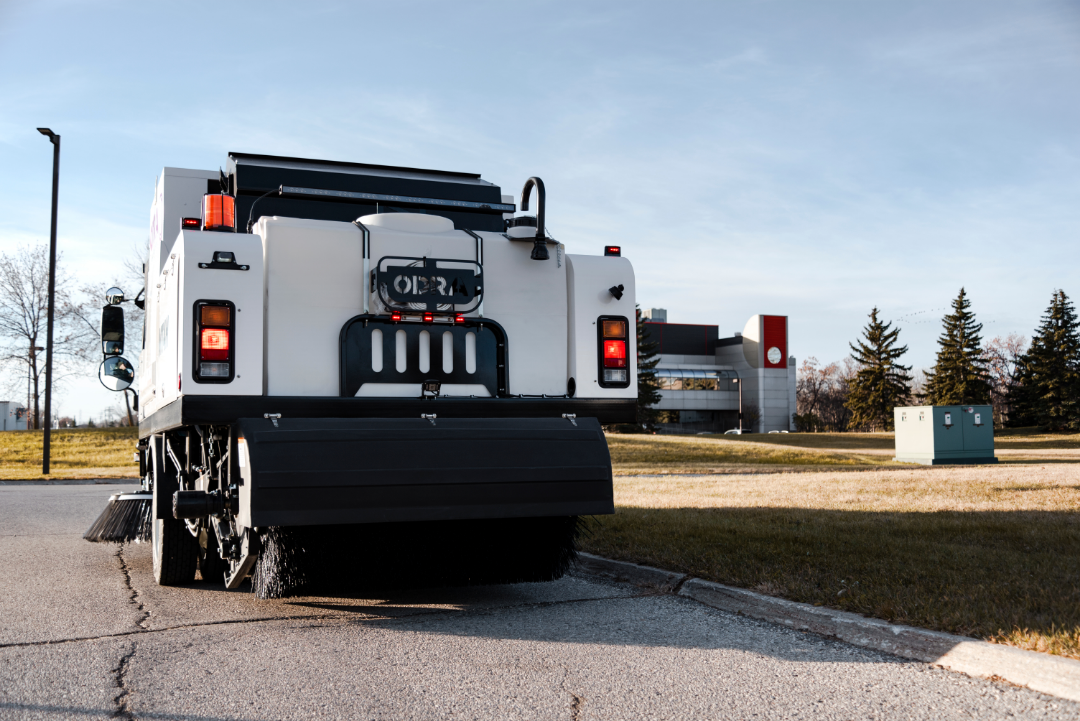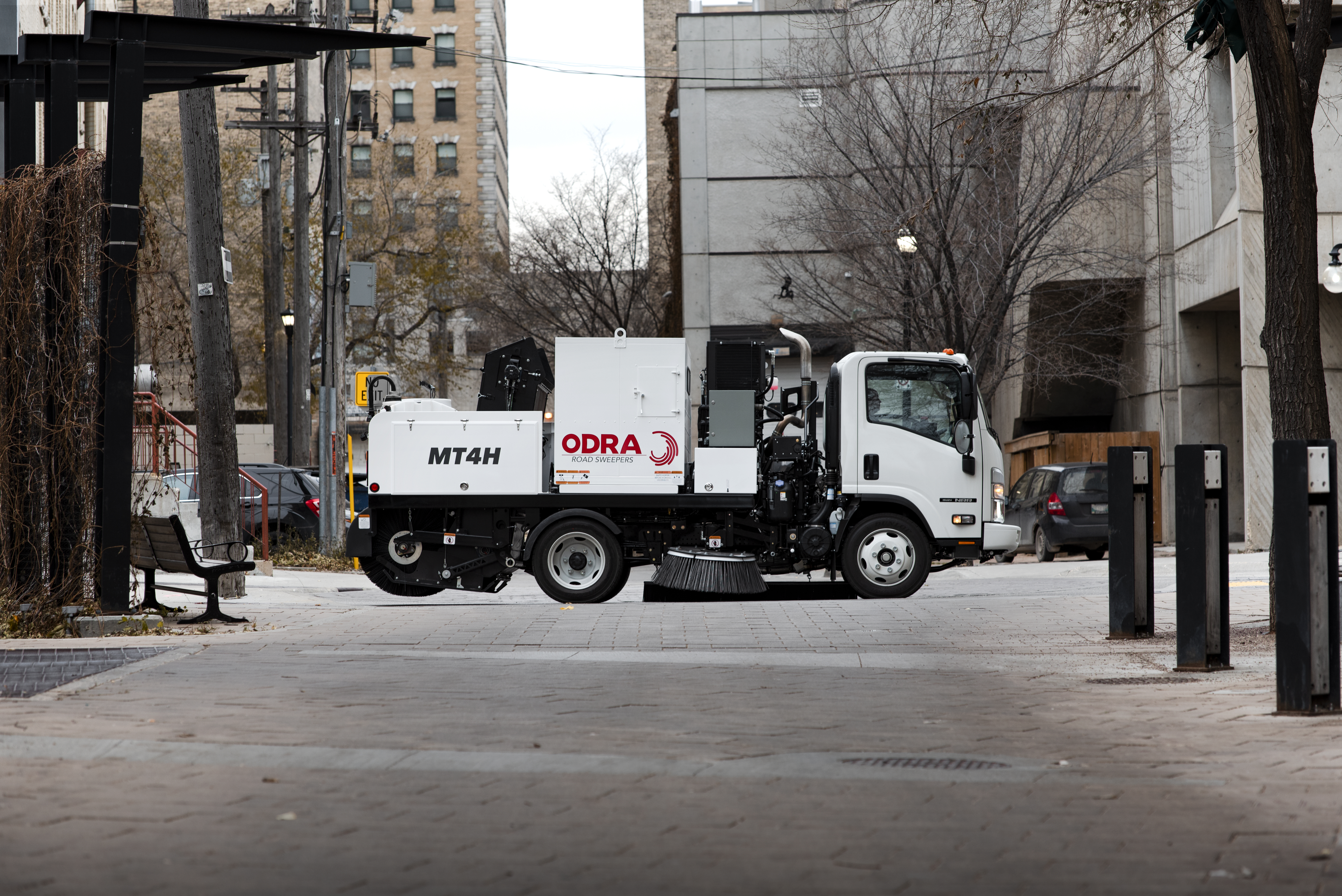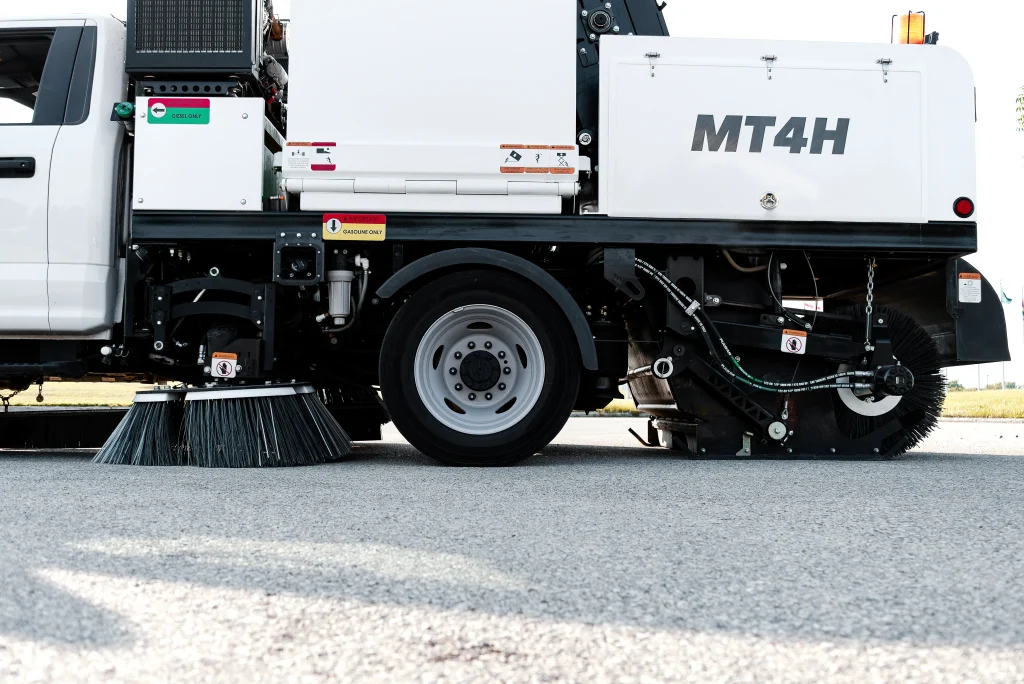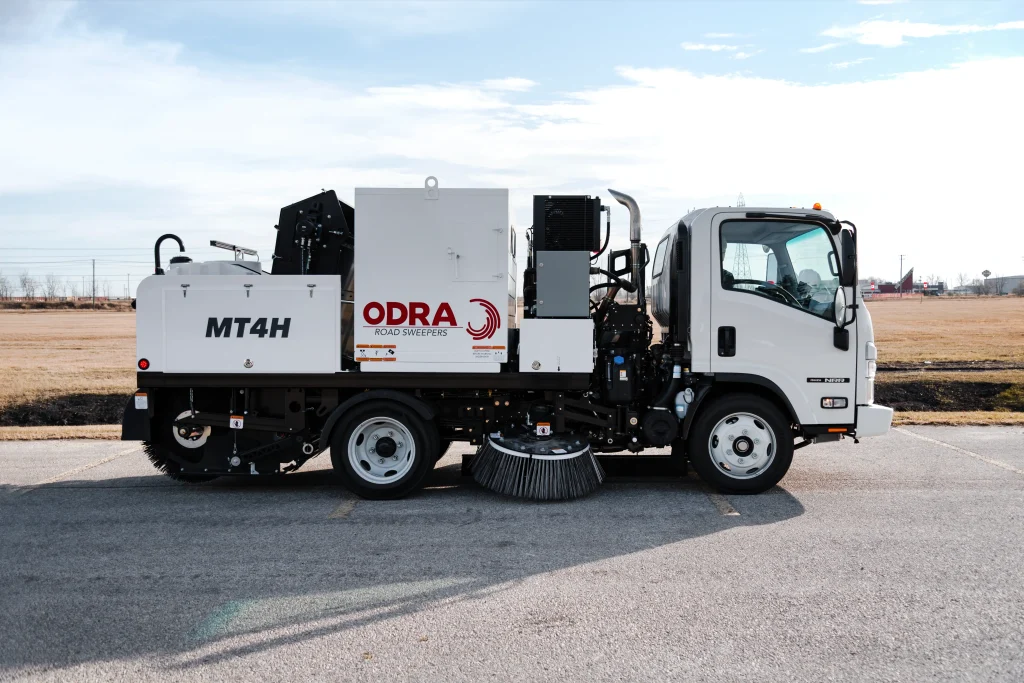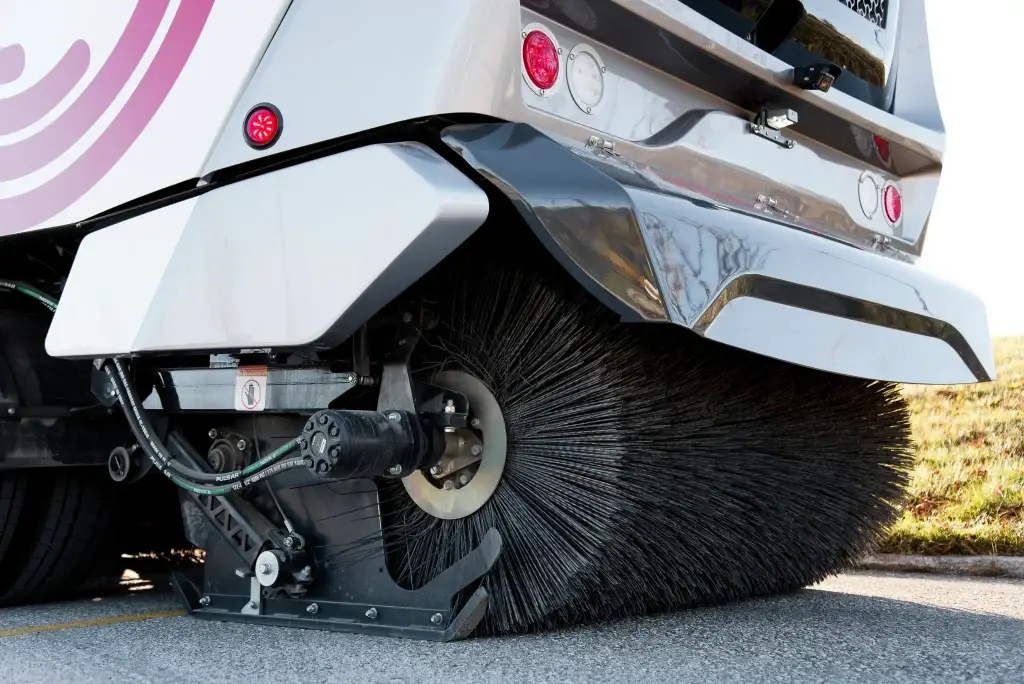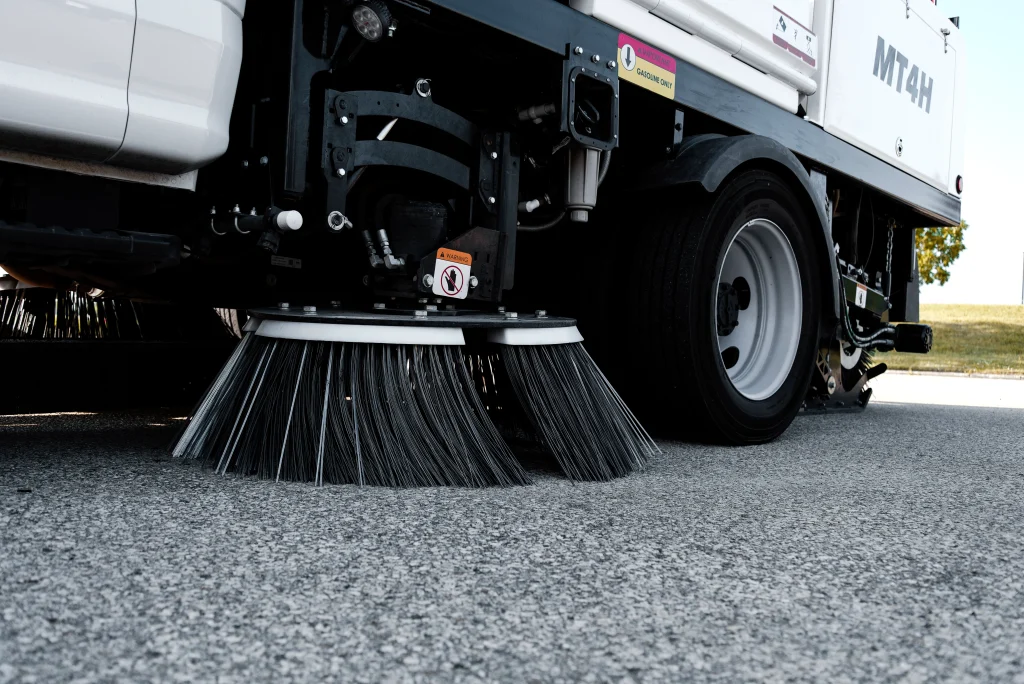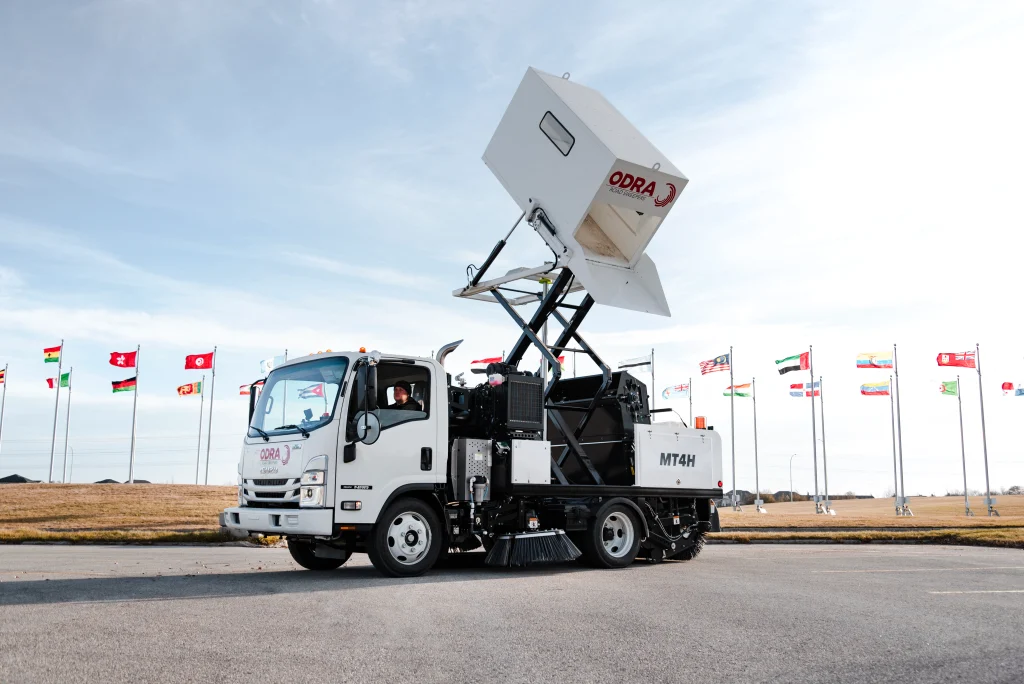Comparing Street Sweepers: Mechanical vs. Regenerative Air Systems
Introduction
Street sweepers play a crucial role in maintaining urban cleanliness, ensuring safe and attractive environments for residents and visitors. Among the various
types of street sweepers , mechanical and regenerative air systems are the most prominent. This blog aims to compare these two types, highlighting their differences, advantages, and disadvantages to help municipalities and businesses make informed decisions.
Overview of Mechanical Street Sweepers
Definition and Basic Operation
Mechanical street sweepers operate using a series of brooms and conveyor belts. These brooms agitate debris on the street surface, which is then collected onto a conveyor belt and transported into a hopper. The primary components of
mechanical sweepers include side brooms, a main broom, a conveyor system, and a debris hopper.
Types of Mechanical Sweepers
Mechanical sweepers come in various configurations depending on the brush setup:
- Side Brooms: Positioned on the sides to guide debris towards the center.
- Main Broom: Located at the rear, responsible for picking up the debris and moving it onto the conveyor belt.
Common Applications
Mechanical
street sweepers are typically used in environments with heavy debris, such as industrial areas, construction sites, and heavily trafficked urban roads. Their robust design makes them suitable for picking up larger items like leaves, gravel, and trash.
Overview of Regenerative Air Street Sweepers
Definition and Basic Operation
Regenerative air street sweepers utilize a powerful blower to create a high-velocity air stream. This air stream dislodges debris, which is then vacuumed up into a hopper. Key components include a blower, a suction nozzle, and a dust separator.
Unique Features
The regenerative air system is designed to recirculate air, which enhances dust control and minimizes emissions. This technology allows for efficient debris pickup with minimal environmental impact.
Common Applications
Regenerative air sweepers excel in urban settings where dust control and air quality are significant concerns. They are highly effective on paved surfaces and are commonly used in city centers, residential neighborhoods, and airports.
Performance Comparison
Efficiency in Debris Pickup
- Mechanical Sweepers : Highly effective at picking up large debris, such as gravel and leaves. However, they may struggle with fine dust and small particles.
- Regenerative Air Sweepers : Excellent at capturing fine dust and small debris due to their high-velocity air stream. They provide a more thorough cleaning on smooth surfaces.
Effectiveness on Different Surfaces
- Mechanical Sweepers : Perform well on rough and uneven surfaces, making them ideal for industrial areas and construction sites.
- Regenerative Air Sweepers : Best suited for smooth, paved surfaces where their suction capabilities can be fully utilized.
Dust Control
- Mechanical Sweepers : May generate dust, especially when dealing with fine particles. Additional water spray systems are often required to mitigate dust.
- Regenerative Air Sweepers : Superior dust control capabilities due to the enclosed air recirculation system, reducing airborne particles effectively.
Maintenance and Operational Costs
Maintenance Requirements
- Mechanical Sweepers : Require regular maintenance of brushes and conveyor belts. Regular lubrication and inspection of moving parts are necessary. These machines are well-suited for construction and asphalt milling, ensuring efficient debris handling in tough environments. Additionally, their impressive versatility makes them a popular choice among many municipalities.
- Regenerative Air Sweepers : Maintenance is focused on the blower and air filtration system. Filters need regular cleaning or replacement to maintain efficiency.
Operational Costs
- Mechanical Sweepers : Generally, have lower initial costs but higher ongoing maintenance expenses due to the wear and tear on mechanical parts. Despite this, their robustness and ability to handle various types of debris make them a cost-effective solution in the long run for many urban and industrial applications.
- Regenerative Air Sweepers : Higher initial investment but potentially lower long-term costs due to less Regular maintenance requirements and better fuel efficiency.
Longevity and Durability
- Mechanical Sweepers :Mechanical sweepers are durable and robust, making them suitable for heavy-duty applications such as construction sites and asphalt milling. Their longevity depends on regular maintenance, including the upkeep of brushes and conveyor belts, as well as periodic lubrication and inspection of moving parts. Many municipalities rely on mechanical sweepers due to their proven durability and versatility in handling various types of debris.
- Regenerative Air Sweepers : Modern designs are durable with a focus on reducing wear and tear. Proper maintenance can extend their operational life significantly.
Environmental Impact
Emissions and Noise Levels
- Mechanical Sweepers :Typically noisier and may produce more emissions, depending on the engine type.
- Regenerative Air Sweepers : Quieter operation and lower emissions, making them more environmentally friendly and suitable for residential areas.
Dust and Air Quality Control
- Mechanical Sweepers :Less effective at controlling dust, which can impact air quality.
- Regenerative Air Sweepers : Highly effective at dust control, contributing to better urban air quality.
Advantages and Disadvantages
Mechanical Street Sweepers
- Advantages :Simplicity, effectiveness on heavy debris, lower initial cost.
- Disadvantages : Higher maintenance, less effective on fine dust, noisier.
Regenerative Air Street Sweepers
- Advantages :Superior dust control, efficiency on fine particles, quieter operation, environmentally friendly.
- Disadvantages : Higher initial cost, complexity in maintenance.
Case Studies and Real-World Examples
Cities Using Mechanical Sweepers
Cities like Chicago and Detroit use mechanical sweepers for their robustness and effectiveness in heavy-duty cleaning. They handle industrial debris and large trash efficiently, making them suitable for these urban environments.
Cities Using Regenerative Air Sweepers
San Francisco and New York City prefer regenerative air sweepers for their superior dust control and quiet operation. These cities prioritize air quality and noise reduction, making regenerative air sweepers the preferred choice.
Comparative Case Studies
In cities like Los Angeles, both types of sweepers are used. Mechanical sweepers are deployed in industrial zones, while regenerative air sweepers are used in residential and commercial areas. This mixed approach highlights the strengths of each type in specific environments.
Decision-Making Factors
Budget Considerations
- Evaluate the initial purchase cost versus long-term operational costs.
- Consider funding availability for both purchase and ongoing maintenance.
Specific Cleaning Needs
- Assess the types of debris and surfaces in the target area.
- Determine environmental regulations and urban density requirements.
Maintenance Capabilities
- Ensure availability of skilled maintenance personnel.
- Evaluate access to parts and support for the chosen sweeper type.
Conclusion
Both mechanical and regenerative air street sweepers offer unique advantages and are suitable for different applications. Mechanical sweepers are robust and effective for heavy-duty tasks, while regenerative air sweepers provide superior dust control and are ideal for urban environments. Understanding the specific needs and constraints of your area will help in making an informed decision.
Contact Our Team : Need assistance in choosing the right sweeper for your specific application? Our expert team is here to help! Reach out to us today for personalized guidance and recommendations. Let’s keep your streets clean and efficient!

